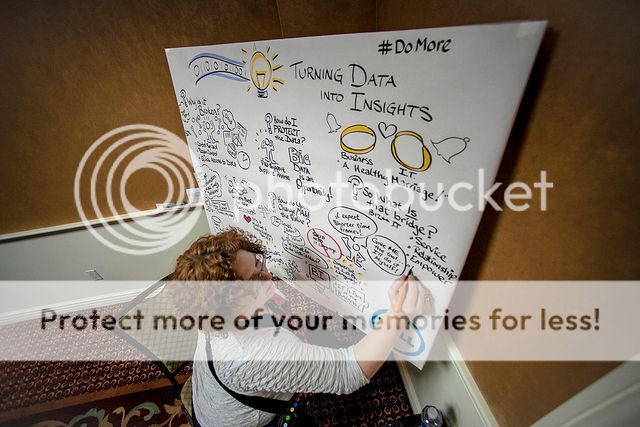The amount of data available to businesses today is staggering. Many marketing and sales departments can quantify exactly how many television advertisements or how many cold calls or how many proposals it takes to equal a specific number of customers or revenue. Quite literally, the influx of data available makes many parts of an organization a living, breathing math formula where a specified input results in a predictable output.
As an IT services provider, you too have quantifiable data to measure in the pursuit of working more efficiently and effectively. That said, however, the results you are after aren’t as easily defined as activities like lead generation and customer satisfaction. From a technical perspective, your data is much more specific in nature, but wider in scope. From server uptime to the time it takes to close a support ticket, your data is telling you what you need to know to run a better IT organization. But are you listening?

Turn all that data into valuable insights about your organization.
Image courtesy of Dell’s Official Flickr Page
Understanding the information at your disposal requires some help. Business intelligence tools, or “BI” for short, are available from companies like SAP, Microsoft, Tableau Software, and many others. Choosing a BI tool for your organization starts with understanding exactly what you are trying to measure. Here are four key metrics that IT service providers should be measuring on a regular basis.
- Return on investment. Outside of revenue and profit generation, the key metric of business operations is a quantification of expenditure related to value created. For example, a new, more powerful server is a justifiable investment for your IT services company if that server allows your team to work exponentially faster or better than using an existing piece of hardware. Being able to forecast expected cost savings or revenue generated as a result of an expense is integral to the operation of your business. Most BI tools will track usage and resource allocation related to expense. That said, make sure that your choice in business intelligence tools can be easily set up to measure not just use of existing hardware but also the impact of new tools and hardware that you may utilize down the line.
- Time efficiencies. Skilled engineers and technicians create outsized value for your organization by being able to perform work at a high level in a shorter time than is expected. Just as attorneys may bill for an hour of work when the task only takes 52 minutes, you should measure the work of your technicians in much the same way. Tasks that your team performs more quickly than the industry norm should be the tasks that your organization promotes when offering services and solutions to clients.
- Support metrics. Tracking the time and resources needed for your engineers and technicians to perform a specific task is important when calculating the profitability of customers and projects. When measuring support metrics, make sure you employ a tool that tracks not only the time it takes to complete a task, for example, but also the frequency of each task being performed. Tasks that must be addressed regularly by your team should be examined individually in an effort to find patterns and procedures that can be automated or streamlined in an effort to create even greater efficiencies.

The right BI tools can transform a business.
Image courtesy of BusinessIntelligenceSoftware.com - Cost savings. While measuring return on investment is important to understand the value being delivered by new expenditures, measuring cost savings is key to understanding how existing IT assets are working for your business. In many cases, business intelligence tools can help evaluate exiting systems to find workflows and processes that can be automated, resulting in reduced time and resource allocation for a particular task to be performed. For example, automatically invoicing your customers when work is completed can reduce the time it takes to collect payments when compared to an individual responsible for mailing customer invoices each month.
Business intelligence isn’t just for large companies. While many of the business intelligence tools available are complex systems requiring consultants and trainers to implement, a number of powerful tools exist that your team can utilize quickly. CRM systems and remote management tools can be calibrated to provide information about your operations that shed light on where you are most profitable as well as where you are losing money. Understanding what information is available to you and, more importantly, how to process that information into actionable intelligence can transform your IT services business into an efficient organization with a bright future ahead. Click here to learn more about how Mosaic NetworX provides cloud solutions that offer actionable intelligence for organizations of all types!




